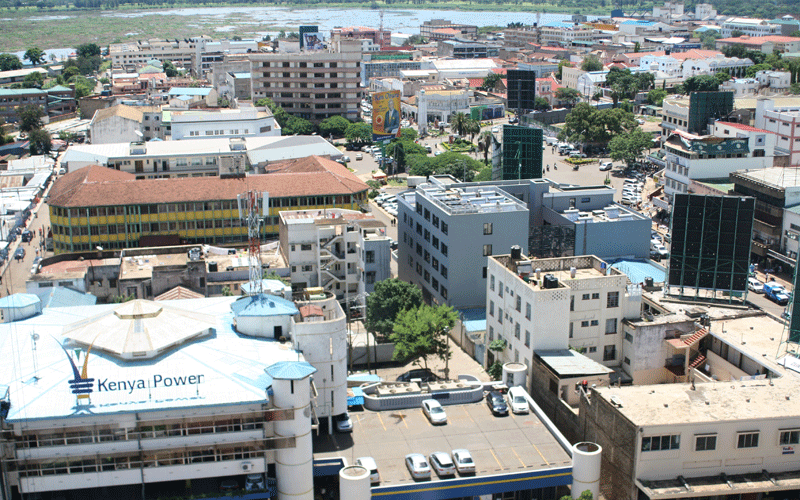After lacklustre years, Kisumu makes a comeback
By John Obiero, July 28, 2020John Obiero Ogone
Being a Ja-Kisumo, I have seen many things happen to my home town. But I will digress briefly to dispense with a contestation that has redefined relationships between people resident of the town.
One of the interesting contestations about Kisumu existed in the form of a loose homage going by the now infamous triple-K (Kisumo-Kajulu-Kano) acronym.
Triple K was a dialogue, bringing together indigenous communities surrounding Kisumu town who read mischief in ‘immigrants’ keen to minoritise locals in the affairs of the town.
This consciousness was surely headed in the direction of structured engagement between cosmopolitan Kisumu and triple K, until former indefatigable Kisumu Mayor, the late Lawrence Akinyi Oile, became the de facto leader of triple K.
Today, triple K is the untold story. What is left are manifestations of imaginations of its existence.
I have known Kisumu as home, but also as that wretched town beaten into a pulp by successive regimes.
With the collapse of the textile industry, the harbour, and the railway, it seemed and felt like government deserted the town; a perception that probably got worse with police response to post-election skirmishes.
A few years ago, Kisumu was no more than Oginga Odinga Street, Jomo Kenyatta Highway, Angawa Street and Nairobi Road.
Buildings along each of these streets looked very much Indian by architecture and by manner until very recently when things began to change.
No account of changes taking place in Kisumu would be complete without the integral townships to the East of the town.
The sprawling communities spanning Nyalenda, Manyatta, Kondele, Nyawita and Obunga are recognisable for their dense settlement.
Previously, these regions were inaccessible due to poor road network; however, with the completion of sickle shaped bypass, Kakamega Road and tarmacking of a number of estate roads, the Eastland of Kisumu has been opened up in unprecedented ways.
Despite attendant destruction and displacement usually occasioned by development projects, the people of Kisumu are in no protest mode.
Not just yet. They are looking forward to the return of the Lunatic Express, the roaring back to life of MV Uhuru, and the reconstruction of the Port alongside other revivals in the industrial sector.
But a young man at a makeshift car wash has his reservation “…we like what is going on, everybody does, but our car wash went down, because we put up our shed on Railway land…we were demolished,” he said, intoning the last word with all the horror he could muster.
The uncomfortable silence that ensued betrayed something about his assessment of the situation. I believe many affected traders feel the same.
There are plans to make Kisumu business district countenance the charm of the lake, like many coastal towns.
Already, the lakefront is evacuated, which is nothing to discomfort anyone because displaced traders are being resettled elsewhere and city management is creating non-motorised walkways in earnest; the first of its kind in the region.
By the look of things, the proceedings are good. My hometown is back in the game. – The writer comments on topical issues
More Articles

